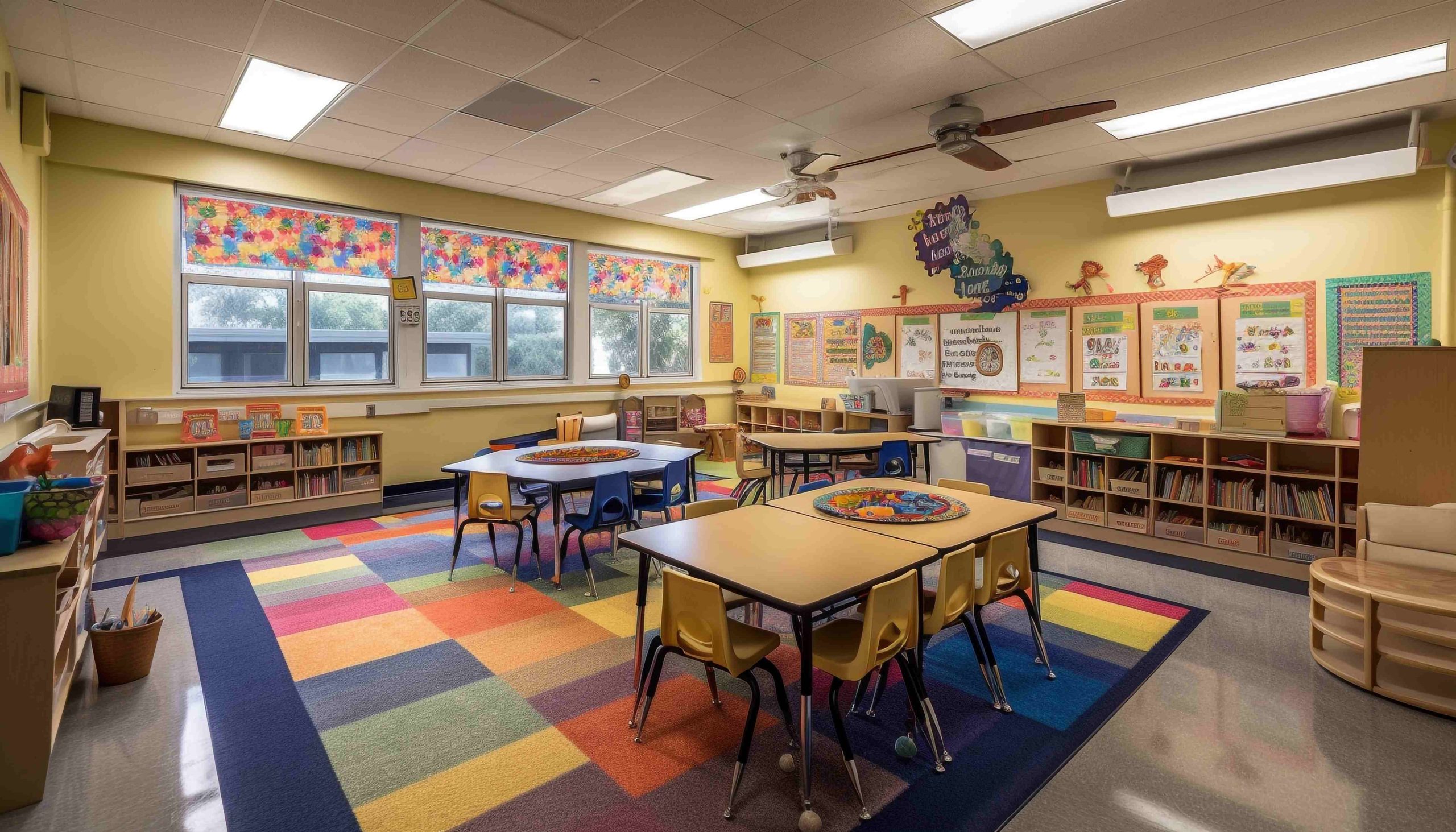
The Order of Montessori Materials: Creating a Purposeful Learning Environment for Preschoolers
Understanding Montessori Materials
Montessori materials are designed to support preschoolers’ learning and development using natural materials such as wood, metal, and fabric. They follow a specific order, building on skills sequentially.
Purposeful Montessori Materials
These materials are hands-on, interactive, and self-correcting, fostering independence and confidence in preschoolers.
Order of Montessori Materials
- 1. Practical Life Skills: Foundation of the curriculum, teaching fine motor skills and concentration through activities like pouring and sorting.
- 2. Sensory Exploration: Stimulates senses, aids observation and discrimination with materials like the pink tower and sound boxes.
- 3. Language: Supports literacy through materials like sandpaper letters and the moveable alphabet.
- 4. Maths: Develops mathematical concepts using materials such as number rods and golden beads.
- 5. Culture: Enhances understanding of the world with materials like the continent map and botany cabinet.
Benefits of Montessori Materials
- 1. Hands-on Learning
- 2. Individualized Learning
- 3. Multi-Sensory Learning
- 4. Developmentally Appropriate
- 5. Promotes Independence
Creating a Purposeful Learning Environment
Tips for setting up a conducive learning space:
- 1. Choose appropriate materials.
- 2. Arrange materials for easy access.
- 3. Provide ample space for movement.
- 4. Incorporate nature elements.
- 5. Foster independence and community.
Implementing the Montessori Method
Tips for successful implementation:
- 1. Train staff thoroughly.
- 2. Involve parents in the process.
- 3. Regularly assess learning.
- 4. Encourage exploration and routine.
- 5. Emphasize respect in the environment.
Overcoming Challenges
Common challenges and solutions:
- 1. Start with key materials with limited resources.
- 2. Encourage preschoolers through resistance patiently.
- 3. Maximize available space creatively.
- 4. Prioritize essential activities with time constraints.
- 5. Build a supportive network for lacking support.
- 6. Be flexible to adapt to individual needs.
The Role of the Montessori Teacher
Teachers play a pivotal role in:
- 1. Observing and tailoring learning to each child.
- 2. Guiding and fostering independence.
- 3. Preparing a conducive learning environment.
- 4. Demonstrating material use.
- 5. Facilitating purposeful learning experiences.
Montessori Materials in Action
Examples of materials enhancing learning:
- 1. Pink Tower: Develops fine motor skills and visual discrimination.
- 2. Moveable Alphabet: Promotes literacy and language development.
- 3. Sandpaper Letters: Enhances phonetic awareness.
- 4. Number Rods: Develops mathematical understanding.
- 5. Sensorial Materials: Stimulates senses and fosters independence.
Challenges and Criticisms
While there are challenges, the benefits of the Montessori method outweigh them:
- 1. Cost and resource limitations.
- 2. Training requirements.
- 3. Focus on practical life and academics.
- 4. Variability and lack of standardization.
- 5. Socialization concerns.
- 6. Balance between independence and structure.
The Montessori method offers a purposeful approach to early childhood education, promoting individualized learning and development.
Implementing the Montessori Method in the Classroom
Tips for classroom implementation:
- 1. Receive proper training.
- 2. Create a conducive environment.
- 3. Allow for free movement.
- 4. Model appropriate behavior.
- 5. Regularly observe and evaluate.
- 6. Engage parents and collaborate with colleagues.
- 7. Continuously update teaching skills.


